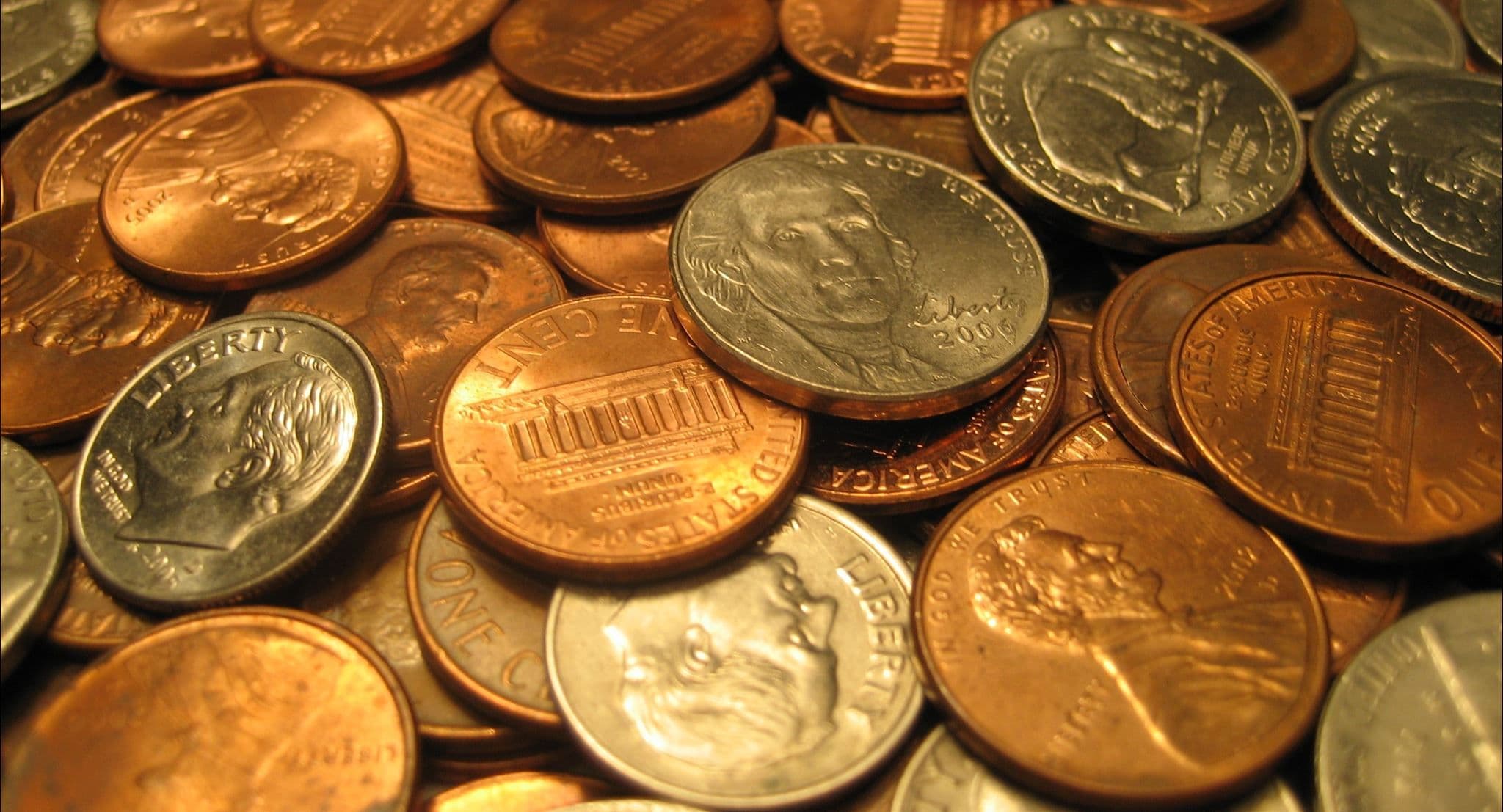Evidence #225 | August 16, 2021
Elegant Monetary System
Post contributed by
Scripture Central

Abstract
The Nephite monetary system is both elegant and practical on several different levels.The Nephite Monetary System
The monetary system established by King Mosiah was based on units of gold and silver that were exchangeable for measures of barley and other types of grain (Alma 11:7). Mormon informs readers that this system did not adhere to the weights and measures used by the ancient Jews in Israel, but instead was altered “according to the minds and the circumstances of the people, in every generation, until the reign of the judges” (v. 4). In several ways, the Nephites’ novel system of exchange is surprisingly elegant and practical.
Efficient Units
One aspect of this practicality concerns the unit ratios outlined in Alma 11:7–13. Before giving the ratios, Mormon noted that the base units for both gold and silver were of equal value: “A senum of silver was equal to a senine of gold, and either for a measure of barley, and also for a measure of every kind of grain” (v. 7). He then provided the conversion ratios for all the units of gold and silver (vv. 8–13):
Now the amount of a seon of gold was twice the value of a senine. And a shum of gold was twice the value of a seon. And a limnah of gold was the value of them all. And an amnor of silver was as great as two senums. And an ezrom of silver was as great as four senums. And an onti was as great as them all.
Because their base units were of equivalent value and their conversion ratios progressed at the same intervals, the units of gold and silver mirrored each other in value (given in measures of grain):
Gold Unit | Value in Measures of Grain | Silver Unit | Value in Measures of Grain |
senine | 1 | senum | 1 |
seon | 2 | amnor | 2 |
shum | 4 | ezrom | 4 |
limnah | 7 | onti | 7 |
This system would certainly help its users to purchase goods in combinations of gold and silver. Another benefit comes from the way that the combination of values (1, 2, 4, 7) end up minimizing the individual pieces of gold and silver (likely measured in weight) that would be needed to purchase goods. As explained by John W. Welch,
The beauty of this mathematical configuration is its simplicity. The values of 1, 2, 4, and 7 can be expressed with the use of a single piece, and the values 3, 5, 6, 8, 9, 11, and 14 can be achieved with only two, while values of 10, 12, 13, 15, 16, and 18 can all be formed by using only 3 in combination. Not until one exceeds 13 does one need two of the same weights.1
As can be seen in the following chart, the Nephite monetary system on average required fewer weighted pieces of gold or silver than the number of coins needed in the currency of the USA today:
Fractional Units
The Nephites also used fractional units—three of silver and one of gold (Alma 11:14–19):
Now this is the value of the lesser numbers of their reckoning—A shiblon is half of a senum; therefore, a shiblon for half a measure of barley. And a shiblum is a half of a shiblon. And a leah is the half of a shiblum. Now this is their number, according to their reckoning. Now an antion of gold is equal to three shiblons.
The fractional units seem designed for purchasing less expensive goods or more precise quantities or values of expensive goods. As can be seen in the following chart, having a ½ measure of silver (shiblon) and a 1½ measure of gold (antion) allowed for various efficient combinations of purchasing half measures. The antion in particular seems aimed to minimize the number of units needed to make purchases involving half measures.2
Conclusion
On several levels, the Nephite monetary system is both practical and elegant. Having gold and silver units mirror one another in value simplifies the purchase of goods. Placing the conversion ratios at the intervals of 1, 2, 4, and 7 results in an efficient system of exchange that, on average, minimizes the pieces of gold or silver needed to make a purchase. And the implementation of fractional gold and silver units provides an efficient way to make smaller purchases or to calculate more precise values or quantities of expensive goods. As Welch concluded, “Joseph Smith would have been hard pressed to produce on his own such an elegant, complex, yet practical system of measures.”3
John W. Welch, “Weighing and Measuring in the Worlds of the Book of Mormon,” Journal of Book of Mormon Studies 8, no. 2 (1999): 36–45, 86.
Alma 11:1–20- 1 John W. Welch, “Weighing and Measuring in the Worlds of the Book of Mormon,” Journal of Book of Mormon Studies 8, no. 2 (1999): 43.
- 2 As for why there were not smaller fractional measures of gold comparable to the silver units, Welch proposed two possible reason: “gold was probably intrinsically more valuable, and thus a piece of gold smaller than a senine may have gotten lost or damaged too easily. But more than that, the values of 1½ , 3, 3½ , and 5½ more readily formed with the antion than if, instead, a hypothetical half senine gold measure had been used.” Welch, “Weighing and Measuring in the Worlds of the Book of Mormon,” 44.
- 3 Welch, “Weighing and Measuring in the Worlds of the Book of Mormon,” 45.